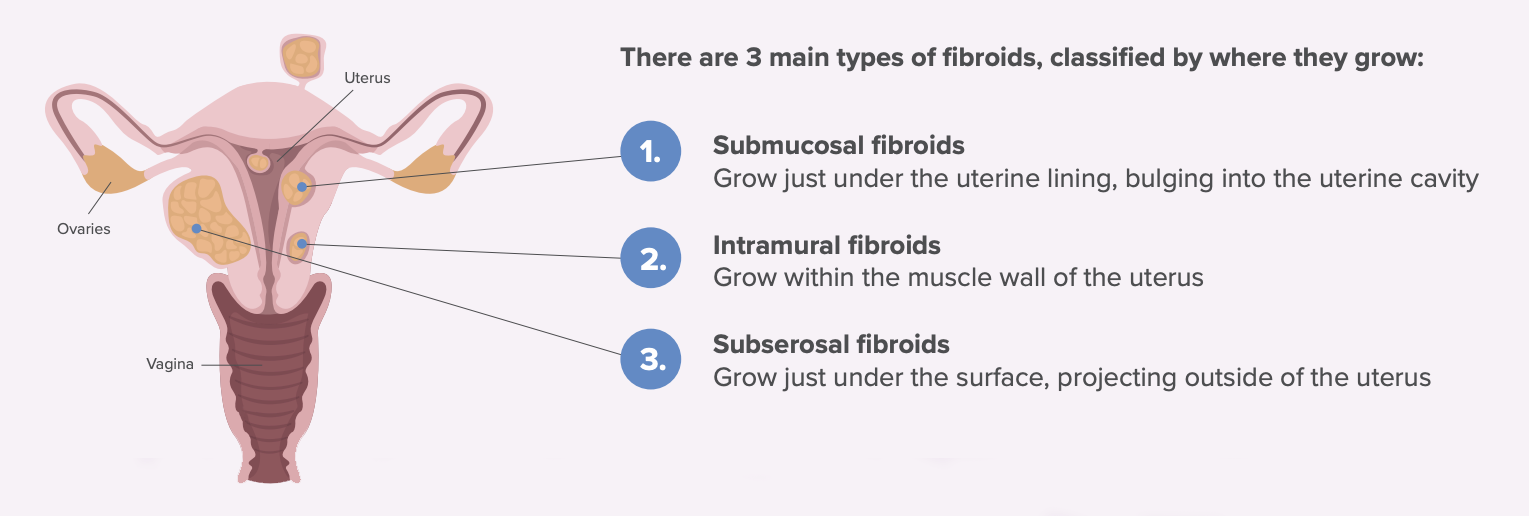A look at the current state of uterine fibroid care
“Over 70% of women are estimated to develop uterine fibroids by age 50,” said senior author Irene Aninye, PhD, chief science officer for the Society for Women’s Health Research (SWHR) in Washington, D.C. “Fibroids are a complex condition that can range from being asymptomatic to having deleterious effects on a woman’s health and quality of life.”
Irene Aninye, PhD, chief science officer for the Society for Women’s Health Research (SWHR) in Washington, D.C.

A review of the current state of research and clinical care for uterine fibroids in the Journal of Women’s Health identified many areas for improvement, calling for increased research investment; improved fibroid assessment via pelvic imaging; addressing factors that contribute to disease disparities—especially among women of color—and developing fertility-friendly treatment options.1

“Over 70% of women are estimated to develop uterine fibroids by age 50,” said senior author Irene Aninye, PhD, chief science officer for the Society for Women’s Health Research (SWHR) in Washington, D.C. “Fibroids are a complex condition that can range from being asymptomatic to having deleterious effects on a woman’s health and quality of life.”
SWHR assembled an interdisciplinary working group of expert researchers, gynecology-focused health care providers, patients, patient advocates and policy leaders to discuss key deficits within the areas of research, clinical care, and federal policy that are needed from bench to bedside.
During a 2-day roundtable meeting, participants discussed updates on key literature, research, clinical practices, and public health data on uterine fibroids.
Expanding awareness and education of uterine fibroids beyond gynecologic specialists, along with advancing personalized patient care through shared decision-making, were also flagged as ways to address unmet needs in the review.
Additionally, exploring novel non-hormonal medical therapies might lead to fertility-friendly options to treat fibroids. For instance, upregulation of vitamin D could have protective effects against fibroid growth without negatively impacting ovarian function.
“The findings of the working group may not particularly come as a surprise to many clinicians; however, the review’s presentation across research, clinical and policy landscapes offers a vantage point that may be overlooked when professionals are intently working in their respective niches,” Aninye told Contemporary OB/GYN®.
For example, providers routinely ask about gynecological health during a well-woman exam. “We suggest reconsidering a patient’s use of the word ‘normal’ or ‘fine’ when describing menstrual flow or pain because they may not realize that their normal may actually warrant medical concern,” Aninye said. “Quantifying the use of feminine products or the duration of pain and its influence on daily activities is likely to better inform an assessment.”
Furthermore, patient outcomes and personal stories are essential to understanding the full scope of impact that uterine fibroids have on women’s health.
It helps if patients articulate their experiences, “which is important for clinical care and identifying needs that should inform future research focuses and policy interventions,” said Aninye, noting that the disease burden factors in both financial and health data.
The review offers recommendations that individual clinicians can incorporate in their practice. “It also highlights areas and potential solutions that require more systemic attention, such as basic and clinical research investments, addressing stigma and biases that can contribute to delays in diagnosing and treating fibroids, and barriers to accessing care that affect overall and disparate populations of women,” Aninye said.
The working group hopes that the review will shed light on the growing public health burden of uterine fibroids and reinforce the need to address persistent gaps with an interdisciplinary and multisector approach.
“SWHR is committed to building awareness and support for the Stephanie Tubbs Jones Uterine Fibroids Research and Education Act of 2021, and will continue to promote provider, patient and policymaker education so that women are empowered throughout their life-course to live well and manage uterine fibroid disease,” Aninye said.
Reference
- Aninye IO, Laitner MH. Uterine fibroids: assessing unmet needs from bench to bedside. J Womens Health (Larchmt). 2021 Aug:30(8):1060-1067. doi:10.1089/jwh.2021.0280
Pap Talk S4E4: RFA and uterine fibroids with Dr. Jessica Shepherd
March 30th 2022In this episode of Pap Talk, Jessica Shepherd, MD, MBA, FACOG, deep dives into the benefits of utilizing radio frequency ablation (RFA) for treatment of uterine fibroids, available RFA devices, and disparities in the condition.
Listen
Laparoscopic RFA linked to enhanced pregnancy outcomes in uterine fibroid patients
May 18th 2024A recent study presented at the 2024 ACOG Clinical and Scientific Meeting reveals that laparoscopic radiofrequency ablation significantly improves pregnancy outcomes for women with uterine leiomyomas.
Read More
Physician-patient collaboration for uterine fibroid treatment options
May 12th 2021Contemporary OB/GYN®’s senior editor Angie DeRosa sat down with Ayman Al-Hendy, MD, and Sateria Venable of The Fibroid Foundation, to discuss the role of patient-physician collaboration in uterine fibroid treatment and management options.
Listen
Study finds antihypertensive treatment reduces uterine fibroids risk
April 23rd 2024A recent study revealed that patients with untreated or new-onset hypertension face elevated chances of uterine fibroid diagnosis, underscoring the potential of antihypertensive therapy in mitigating this risk among midlife individuals.
Read More
Genetics associated with reproductive traits and uterine leiomyomata
April 17th 2024Investigating genetic correlations and shared loci sheds light on potential causal relationships between reproductive traits and uterine leiomyomata, offering insights into their complex interplay and urging further mechanistic exploration.
Read More
